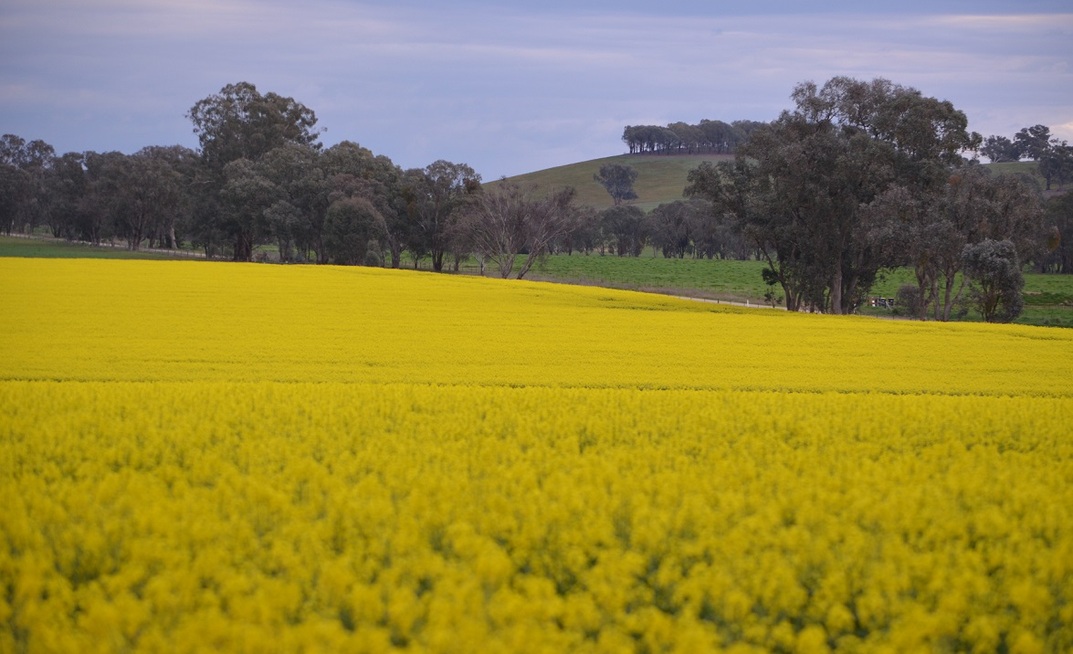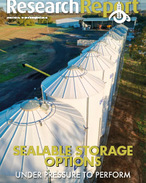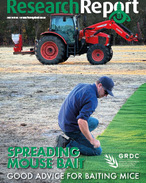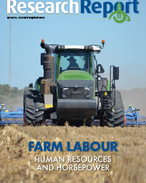NATIONAL canola ending stocks could reach the lowest level in several years as dry conditions in key growing regions threaten its planting area and offshore demand for the oilseed increases.
Rural Bank reported last week canola prices were up by around 10 per cent across all port zones over the past month, with recent adverse weather in Brazilian soybean crops a key driver. It added domestic supply and demand have also supported local prices. The Bank said there has been a positive shift in Australian canola export activity with bulk shipments up 51 per cent in April, with this trend is set to continue with shipping stem data showing a potential season high of 675,000 tonnes to be shipped in May.
However, with stocks running low on the east coast, Rural Bank said this canola would have been sourced from Western Australia which, along with South Australia, is continuing to experience dry conditions. This has sparked concerns there could be a reduction in Australia's new canola crop area, with producers likely to cut back on planting the oilseed as the optimal window passes.
If strong demand continues, Rural Bank said this would result in national canola ending stocks reaching their lowest level in several years.
YOU MIGHT ALSO LIKE
CANOLA STOCKS HINGE ON WA CONDITIONS
In its March report, Australian Bureau of Agricultural and Resource Economics and Sciences (ABARES) said the area planted to canola would be determined by rainfall at the time of sowing and expected returns, while key uncertainties underpinning production surrounded adequate and timely rainfall in WA.
At the time it predicted the area planted to canola would rise slightly by one per cent to 3.5 million hectares in 2024–25, which is the second highest on record. It said the forecasted rise is supported by the ongoing uptake of, and yield improvements in, genetically modified hybrid canola varieties, particularly in WA and South Australia.
Its forecast also showed Australian canola production would rise by seven per cent to 6.1 million tonnes this season, citing the expectation of more favourable seasonal conditions in key canola producing states in the east of the country. It added canola remains a good rotational crop with key agronomic benefits for WA, forecasting the area planted would remain high.
Since then, Grains Industry Association of Western Australia (GIWA) predicted WA's canola area is likely to be down this season compared to 2023.
In its most recent crop report, released on 10 May 2024, GIWA said growers were holding back sowing paddocks due to the dry conditions, noting it was close to being too late for these to go in. It estimates 1.7 million hectares of canola will be planted in WA this season compared to just under 1.9 million hectares last year.
























